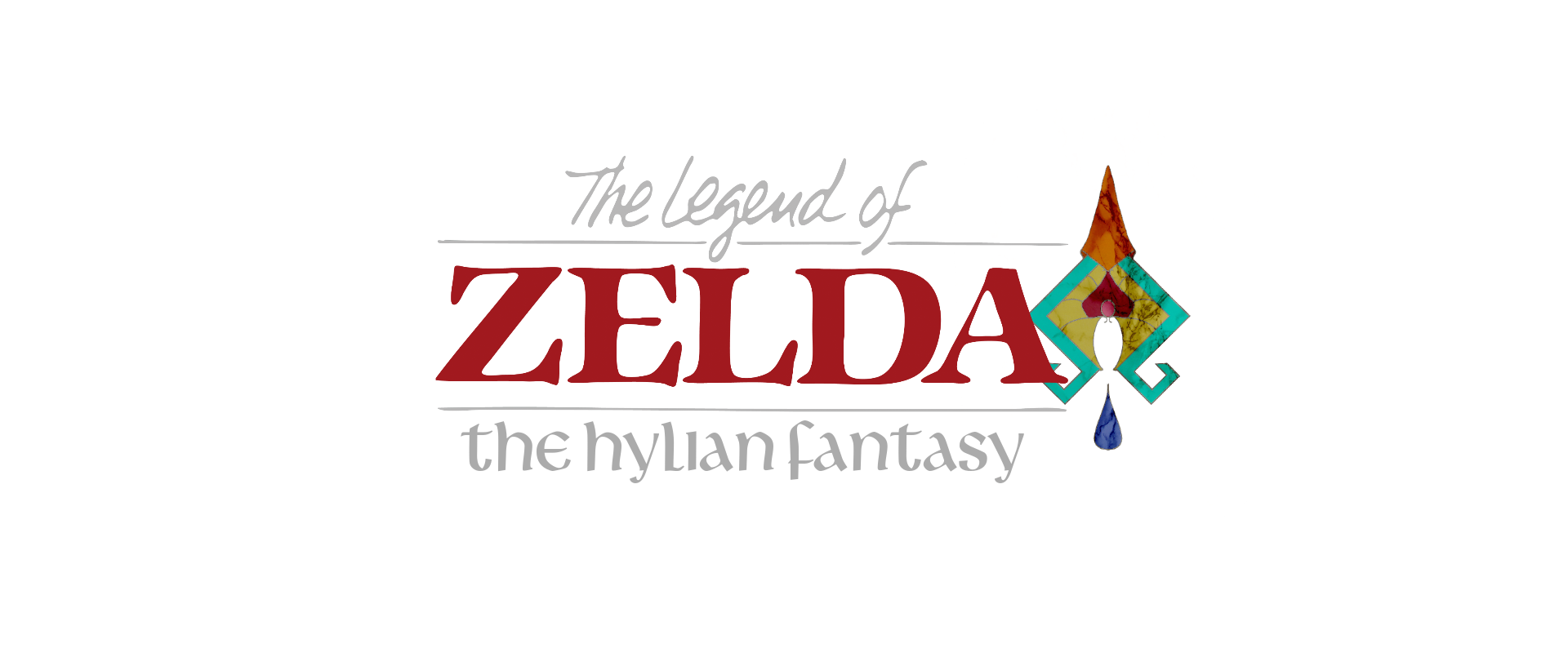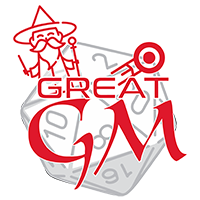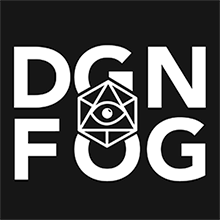Goron
Large, sentient, semi-bipedal creatures with a durable outer skin and an ability to digest rocks and minerals. Gorons can be found prominently in and around Death Mountain.
Additional Information
Facial characteristics
The species posses rounded fades with something of a rough texture. What could appear to be hair is actually mineral growths.
Scientific Name
Rawar goron
Lifespan
450 years
Average Height
Average Gorons stand about 182cm, while some exceptional members of the species, such as the legendary champion Daruk, stood 275cm. The fabled Biggoron of Death Mountain supposedly stood at 36.6 meters!
Average Weight
Due to their diet of rocks as well as their large frames, Gorons are exceptionally heavy. Most weigh around 230kg..
Average Physique
Gorons appear heavy set, with rotund bellies supported on short legs. Their muscular arm's reach well below their waists, nearly touching the ground, but the primary mode of movement among the species is to curl into a ball and roll.
Body Tint, Colouring and Marking
Goron skin comes in a variety of subdued tans and browns, sometimes veering into golden hues. Rocky growths on their backs tends to be darker in color, while any of the variety of mineral growths that resemble hair on their heads and faces will be lighter.
Geographic Distribution
Remove these ads. Join the Worldbuilders Guild










Comments